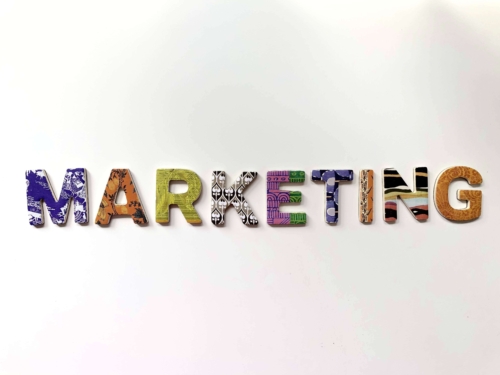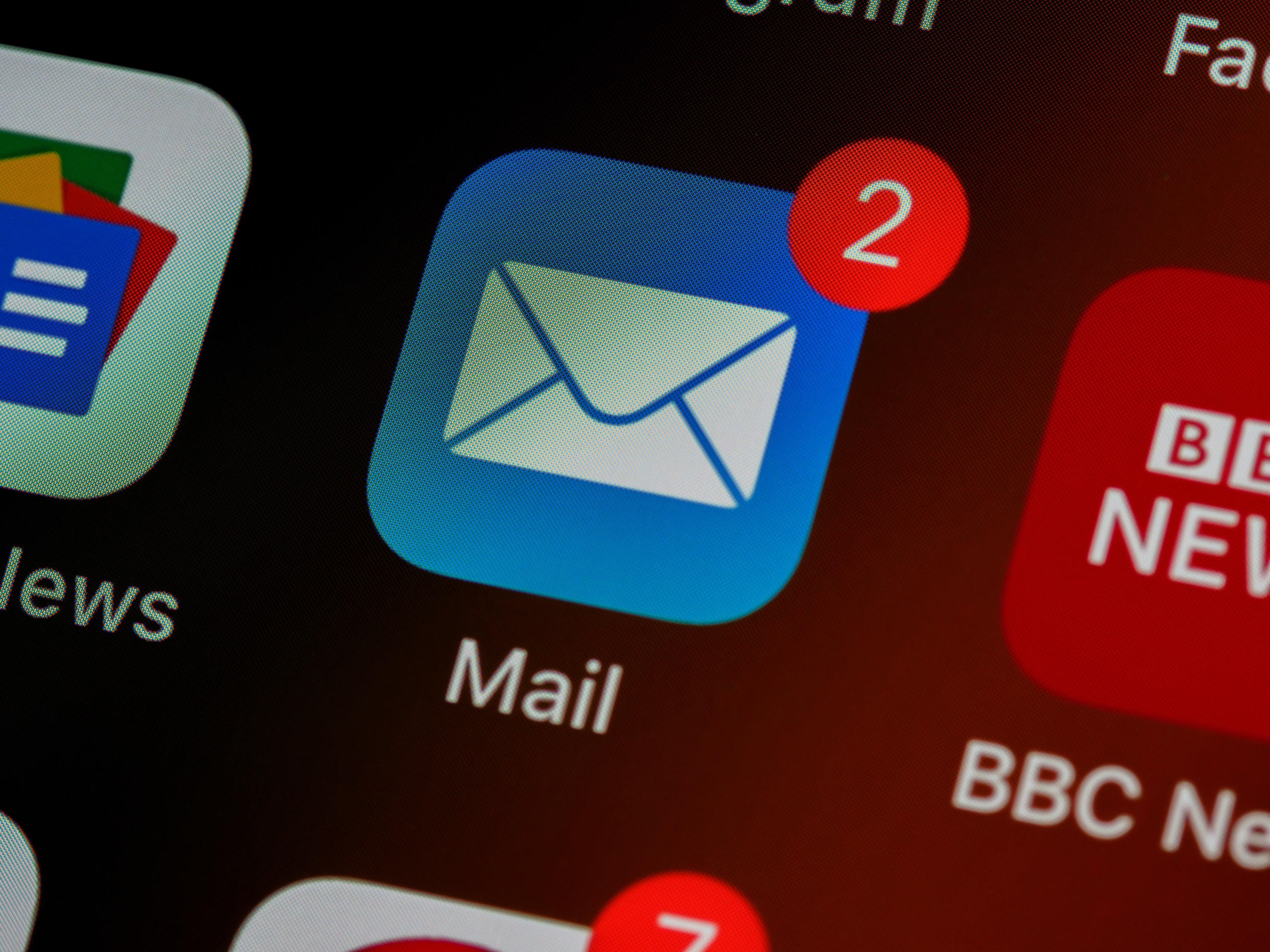The number of received and sent emails in 2020 exceeds 300 billion. If this is not outright spam, they perform a specific function and are formulated, taking into account the desired goal. There are many types of emails, but the transactional and marketing ones stand out among them. Why is this classification most often discussed? What are the nuances of each type of email, how does one learn to identify them at a glance, and, most importantly, what are the characteristic features of each of them? To understand this, it is necessary to consider each concept separately and identify its primary goals. Then it will become clear what their difference is.
Essential Basics: Definitions

The Internet is full of definitions of varying degrees of accuracy and integrity. We will focus on the essence.
Transactional Email
This letter is a reaction to a specific action taken on the site. We usually personalize these based on user information, and they confirm actions like purchases, registrations, or applications. Here are some examples:
- Confirmation of registration on the site
- Successful payment notification
- A reminder of an upcoming event
- Order dispatch notification
- Confirmation of subscription to the newsletter
And much more.
Such letters are not sent out in large quantities: they are activated only in response to a certain user step. The main focus is on customers and the actions that they have taken, or that affect them. The purpose of transactional emails is to notify the user that something has happened. The letter always contains contact information for the support service in case subscribers have any questions, but it is not itself a means of communication.
Important features by which you can recognize letters of this type are the following:
- there is no way to reply to the letter;
- there is no way to unsubscribe.
Both of these points are logical: we are not talking about the classic newsletter, where there is necessarily an “unsubscribe” button. This is a notification-based message designed to inform people about some significant events or actions directly related to them.
People are waiting for this letter; they need it for peace of mind and conviction that the order is accepted, the payment has passed, the hotel has been booked, etc. People open such letters 8 times more often than any other because they accurately carry information that concerns them personally. And personalization has long become one of the leading marketing trends and only continues to strengthen its position.
What characteristics should a transactional letter have so that the reader does not have an unpleasant informational aftertaste or the desire to turn to another company’s services next time?
- Personalization. This goes without saying: use any data about the person to show your interest and care.
- Simplicity and readability. You should easily identify the purpose of this letter.
- Laconic and recognizable design. The letter should be easily associated with the site from which it came.
- Optimization for different devices. Many people read letters from phone screens, and they shouldn’t have a problem with this.
- Fast sending speed. Such emails should arrive instantly, especially when it comes to confirming a payment or booking.
If you provide all these conditions in your email system, you will not have problems with transactional emails. Unfortunately, there are many email marketing tools, but each of them is constantly missing something. The editor is not flexible enough; there are gaps in automation, and the prices for the service are very high.
To nullify all these problems, Smaily gives you all the features you need to make any letter with any design and has excellent visual statistics, personalization, automation, painless integration, and testing. You will find all the email tools you need most at a price much more affordable than other popular options.
Email automation deserves a word or two, as it plays a crucial role in the timely delivery of a transactional email. We categorize automation as time-based or behavior-based. The first one allows you to send the necessary letters at a specific time, for example, reminding subscribers that the low-cost period for a training course ends in two days. The second makes it possible to automate the sending of letters based on client action. For example, these are the well-known reminders that you put a product to the cart but did not complete the order.
Marketing Email

This letter, also often referred to as a commercial one, contains promotional content that encourages people to take action.
Such mailings are typically sent out in bulk. The hope is that at least a portion of the recipients will take the intended action. This might be clicking a link, downloading a file, or registering. This approach is different from previous types. Instead of reacting to an action, these emails aim to prompt one in the near future. Examples include:
- Newsletter
- Sales, cross-selling, and up-selling offers
- Discount notifications or product updates
We often send out marketing emails, perhaps weekly or monthly. Their primary goal is to share offers or provide readers with valuable insights. These insights address questions and highlight the significance of your product or service. You might also be familiar with digests. These are handy compilations of related content, bundled into one email, making it simpler for recipients to engage with the material.
Unlike transactional emails, marketing emails provide the ability to both unsubscribe and reply. And if the opportunity to write a response is not very popular, then the “unsubscribe” button is absolutely necessary for this form of a letter. This is the most important rule of email marketing hygiene and the newsletter axiom, categorized as a must-have by the CAN-SPAM Act.
Often, people do not expect a marketing letter; it is not an urgent need for them, as it can be with a transactional one. Therefore, such a letter is vital to compose so that it engages readers and hooks them with something potentially valuable to them.
The structure of a good marketing email varies depending on what purpose is being pursued: motivate to buy, lead to a blog, offer to download a file, and so on. Some required parameters are the same as for transactional emails, such as adaptability for different devices and laconic design. We can highlight the following among other points:
- One-action focus. Don’t try to force a person to follow the link, register, and download something simultaneously: one letter has one goal, and the content should contribute to its achievement.
- The answer to the question. If you want to sell a product or service, do not make a riddle of their functionality, but immediately say what problem they will solve.
- No overtly selling tone. The call to just buy because you want it so without useful educational information or at least a list of benefits from the purchase will make the person think about opening such letters next time.
- Clear, informative subject line. Avoid creating hype with shocking and intriguing subject lines; it might work once, but you can’t easily repair a damaged company’s reputation.
Remember, even if a marketing email isn’t as personalized as a transactional one, you shouldn’t approach it carelessly. Both types of email are essential because one allows you to retain existing customers, and the other helps to win the trust of new ones.
When Boundaries Are Blurred: Marketing Email Disguised As Transactional
Although transactional emails primarily serve a notifying purpose, they aren’t subject to well-known anti-spam laws like CASL, GDPR, or the previously mentioned CAN-SPAM Act. However, if the email contains any commercial elements, this status can shift. Even subtle inclusions, such as a discount coupon for a future purchase, count as a marketing gesture. As a result, such an addition makes the email susceptible to anti-spam regulations.
To avoid fines and legal trouble, follow some rules when creating transactional emails with a hint of marketing:
- The amount of commercial information should be minimal and not exceed the amount of notification text.
- Marketing calls should be placed at the end of the letter.
- The subject line clearly defines the essence and purpose of the letter.
Firstly, it’s essential to familiarize yourself with the anti-spam laws specific to your region. Ensure you fully understand any additional requirements or restrictions they might impose. When considering adding marketing content to a transactional email, if the limitations seem too daunting, it might be best to reconsider. Instead, allow each type of email to serve its unique purpose. Avoid blurring the lines between the two.
Final Words
We encounter both types of letters in everyday life. Modern tools allow you to set up email campaigns so that the necessary letters arrive at the right moment and do not make a receiver want to send them to spam. You just need to put yourself in the client’s shoes and understand what information and when they expect. Timeliness and relevance of mailings will help you both get new customers and maintain existing ones’ loyalty.
Author’s bio: Marie Barnes is Marketing Communication Manager at Adsy, where you can check guidelines for submitting a press release. She is an enthusiastic blogger interested in writing about technology, social media, work, travel, lifestyle, and current affairs. Marie also does some photo editing at photoretouchingservices.net.
